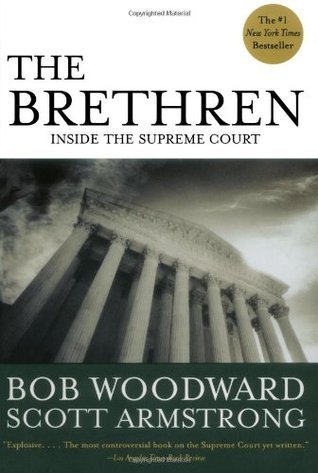What do you think?
Rate this book


608 pages, Paperback
First published January 1, 1979
Stewart wasn't working too hard. The joke around the Court was that he and Marshall passed each other in the corridor most days just before noon - Stewart on his way to work, Marshall on his way home.
In the pending cases, White's clerk checked to see whether the material violated his boss's personal definition of hard-core pornography. It was a definition that White had never written into an opinion - no erect penises, no intercourse, no oral or anal sodomy. For White, no erections and no insertions equaled no obscenity.